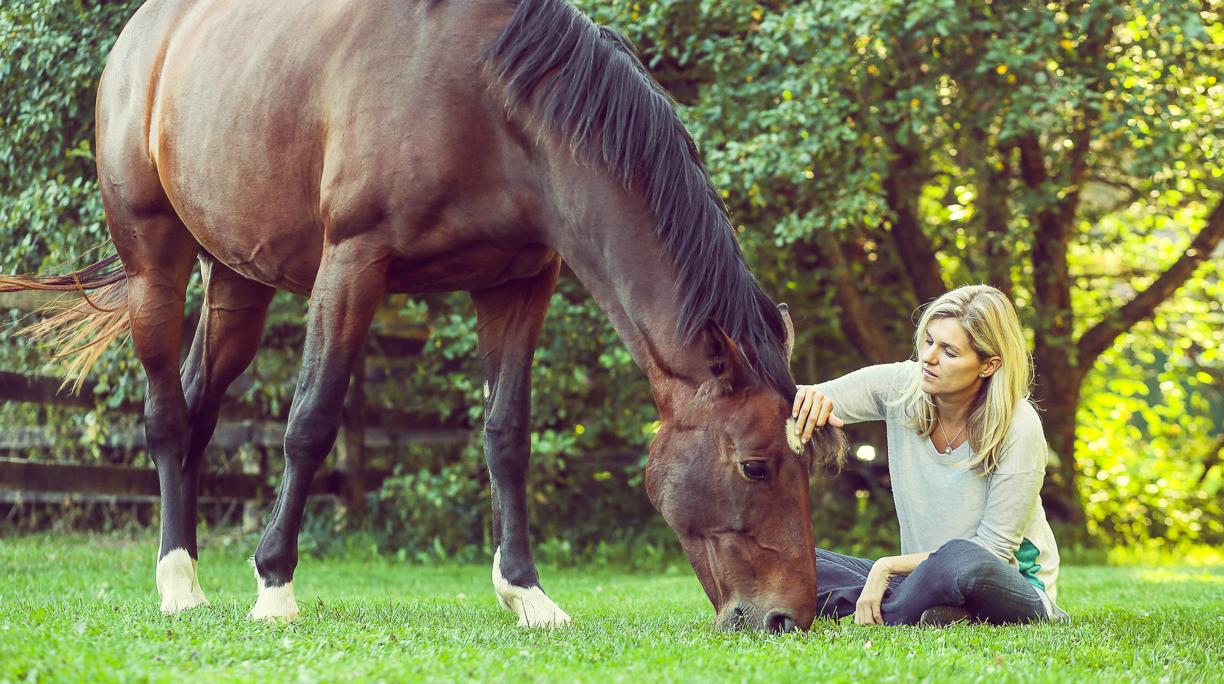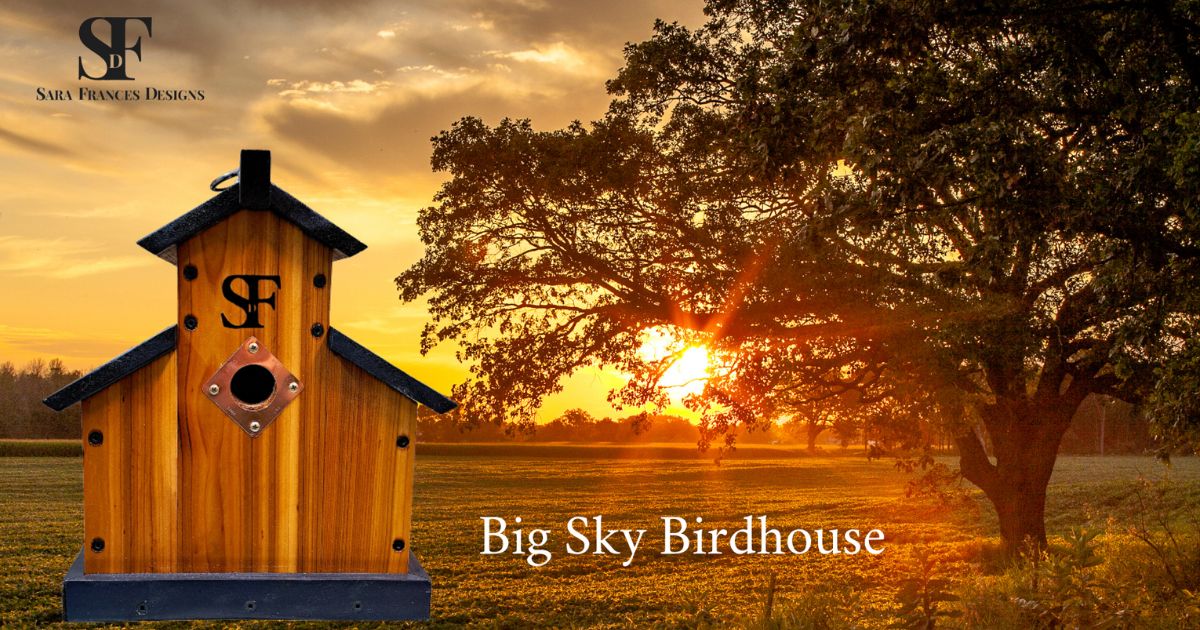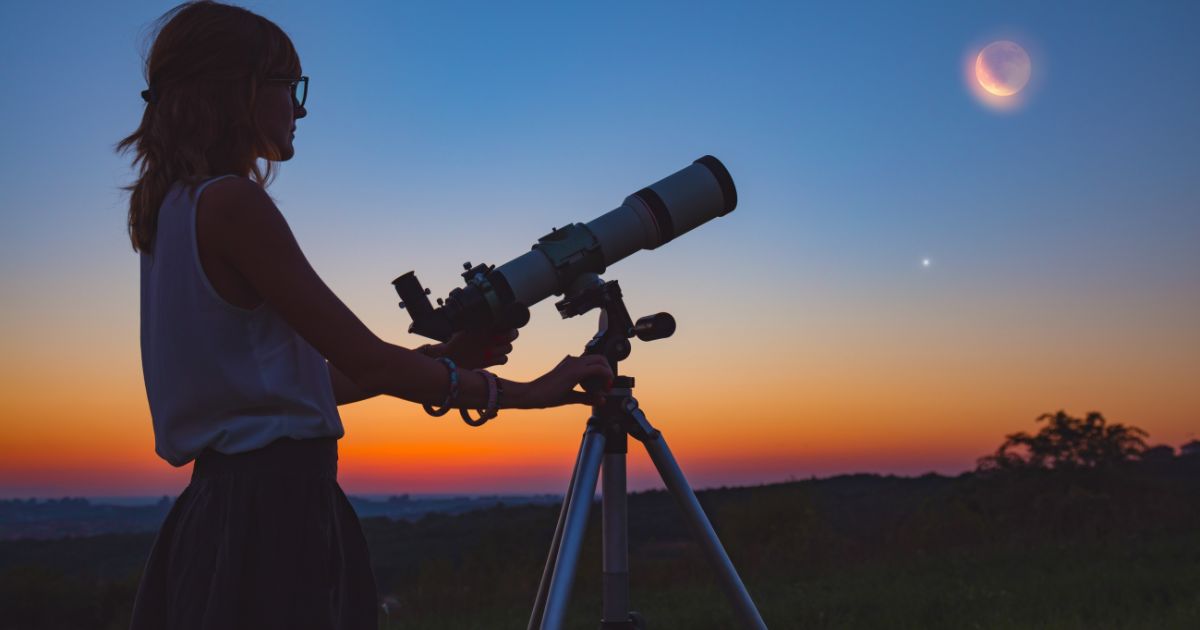
Jennifer Schramm
The horse. Is there any other animal that elicits our admiration more than these majestic creatures? Even for people who don’t ride or are perhaps even slightly afraid of the horse’s skittery fight-or-flight temperament, to see their handsome manes flying in the wind or to watch their perfect bodies gallop, one can’t help but feel a connection to the earth, and everything on it.
So is it any wonder, then, that horses can also help us connect to ourselves? Indeed, equine therapy aims to achieve just that. Known as equine-assisted therapy, or equine-facilitated therapy, the practice uses horses to assist people who have anxiety disorders, behavioural difficulties and those who are going through major life changes. Horse therapy doesn’t necessarily involve riding, but instead may include grooming, leading and other ground exercises. Participants work with a coach or counsellor, discussing feelings, behaviours and patterns, in order to gain greater self-awareness and insights into themselves and others in the process.
“My journey with horses began in 2009, when my spiritual director encouraged me to find joy in my life to help me recover from trauma while I was suffering from post-traumatic stress disorder (PTSD),” says Connie Phillips, an equine therapist based in New Hamburg, Ontario. “Horses immediately came to mind.”

Never having had a horse, Phillips set out to find the perfect equine companion. Her search led her all the way to Tennessee. “There were about 20 horses moving across the field, and there was one horse that stopped in front of me,” she says. “He just stood and looked at me, took a step forward, gently pinned me against his body with his neck, and gave me a big horse hug. It was a really awesome moment.”
Although the owner insisted the horse wasn’t for sale, Phillips eventually got him to sell her the horse, with another horse that had previously been abandoned. “I came home with two horses, named Felicity and Bullet,” says Phillips, who is also a certified psychotherapist. “I have a cousin who’s a vet. He had a horse, so I just spent time with him. I didn’t know anything, not even how to put a lead on a horse. It was quite a learning curve. I talked to a farmer who told me about natural horsemanship, learning to trust your horse. I spent lots of time with the horses, grooming them. Sometimes I would just take them on a walk. They would really enjoy when I would pour my heart out to them. They would match my step; there would be none of that pulling action. They were so in tune with our relationship. When a horse is brushed, it releases serotonin. Within 20 minutes, our own bodies release serotonin as a result, putting our bodies in a state of rest, and bringing a stronger sense of well-being. I realized that it would be a wonderful resource to share with others.”

What makes horses such great therapy aides? They’re highly sensitive, picking up on our energy and reading our bodies so that they know, perhaps better than we do, how we’re truly feeling.
“Horses are a prey animal—they’re very sensitive to their environment,” says Phillips, noting how horse hooves feel the vibrations of the earth. “They’re mainly right-brain dominant, and they’re highly intuitive and sensitive to energy. Their language is non-verbal, so a very subtle flick of a tail or ear is how they communicate to each other.”
Working with horses challenges our perceptions and approaches in life, says Phillips. “They mirror our emotions and are therefore self-revelatory. Horses are very sensitive to our energy and emotions—they can feel our energy from 20 feet away and can sense our blood pressure and heart rate. [As a result, they] respond to our authentic or true self versus a false, self-manipulative or ego-driven self. Horses never lie.”
While horse companionship is deeply spiritual, there’s a practical side to developing the relationship. “[It helps us] see possibilities beyond our immediate reactions or impressions concerning a difficult situation,” says Phillips, who adds that working with horses encourages a “reflective, open state of mind and heart, which develops a contemplative path, and sets the stage for a fresh attitude, and deeper understanding and insights.”
“Connecting with horses is very healing for people with PTSD, for those who are burned out or highly stressed,” says Phillips, who notes that it links “body, soul and mind, versus reductionist thinking.”

“In the absence of ego,” she says, “the human and horse brains connect through wonder, curiosity, attunement to self and others, self-awareness and creativity and movement, for a better, healthier outcome.”
Horses also help us achieve that increasingly elusive state of being in the moment. “Our bodily, sensory experience with the equine connects us to our own bodies emotionally, thus grounding us, and putting us ‘in the moment’ or ‘in the present,’” says Phillips. “It helps people who dissociate or feel afraid of moving forward in life. Horses help us feel grounded, centred and find joy in life.”
Phillips begins her horse therapy sessions by first educating her clients on how to keep themselves safe: how to read the horse’s mood and how horses communicate by movements of the ear. “They learn how to approach the horse by sensing boundaries, greeting the horse and learning where to stand safely,” she says.
“Before I take someone in with the horses, I begin with a body scan,” she continues. “This helps people to become aware of their feelings and the message they bring. Boundaries are another important learning [factor]: helping people to become sensitive to the horse’s boundary and to their own comfort zone and how to maintain it. Because of their size, horses give you the opportunity to stand your ground and stand up for yourself. For people with PTSD, it also helps them be present and calm down—not just their mind, but also their body.”
Next, what follows might be a grooming session with the horse, or simply just sitting and connecting. There’s also something Phillips calls consensual walking. “It’s walking in harmony and talking with the horse, which helps us process and move forward in life—I really think one of the biggest gifts horses teach us is the art of being,” she says.

“A horse can read your emotions from 20 feet away and know your blood pressure,” she explains. “They mirror eye emotion—if we’re afraid, they’ll show that they’re afraid. You can’t push yourself; you have to work yourself up to it. First, learn to stand well with the horse, read their emotions through their ears. If you go out to pasture with your agenda, your bridal, your rope, and you’re going a straight line to the horse, it will be more of a challenge to catch. But if you’re noticing the beauty of the land, you’re relaxed, shoulders drooped, perhaps you’re carrying a bag of brushes; they notice that and will come to greet you. But a straight line is very predatory, so it teaches you to be more relaxed and mindful of your environment. If you approach anyone like that, they’ll get their back up. Horses show you how to be more mindful of how you’re approaching life. A soft touch is more effective and all you need, and the world responds in the same manner. It’s a different perspective. Others are trying to work with us too, and maybe we’re not using the right approach. It’s building trust and being more mindful of perceptions we’re starting with.”
According to Phillips, horses help develop relationships, including boundaries, being present and being authentic. “Horses are very good at mirroring our emotions,” she says. “They expose our false self and our emotions, so they facilitate growth in authenticity.”
A life coach and counsellor for over a decade, as well as a former hunter/jumper rider, Jennifer Schramm decided to combine her two passions after doing an equine-facilitated learning workshop in 2012. “Within a year, I was renting a farm and had five horses and a donkey,” she says.

Jenn and horses
“I’ve been around horses since I was born,” says Schramm. “My grandfather had horses. I rode hunter/jumper. But this was being with horses in a different way. You become way more compassionate and present and aware of the animal and yourself. They’re tremendous at helping us become more connected with our body and our emotions, and ultimately more present. It’s so heady today, with texting and email. We value the intellect so much and devalue what our body is telling us—we shut that off. Ninety percent of our communication is non-verbal, yet most of us are not living in that space, but more in our head space. My goal is to help people become more self-aware and present.”
Horse therapy, as it were, reveals the great unsaid. “The horse’s behaviour will reflect what the person is feeling. It’s really quite magical,” says Schramm, who now has four therapy horses she works with at her ranch in King City, Ontario. “They’re retired show jumpers. The horses live in a big field, and have a barn they can come in and out of as they please. I aim to give them as natural of an environment as I can. It’s all about horses helping people and people helping horses as well.”

Sessions are approximately an hour, or an intensive series runs from 10 a.m. to 3 p.m. every day. “The work that I do is all ground work,” says Schramm. “People will come up here and interact with the horses on the ground—leading, grooming and even just hanging out with them in the field.” Schramm shares that people come for different reasons. “Maybe they’re stuck in their life, or they’re going through a relationship or career transition or feeling anxious or depressed in life. Or they want to self-discover and learn more about themselves.”
She recalls one young man who came and chose “the most majestic and biggest horse in the barn. He’s the kindest, sweetest, gentlest horse you can imagine… The client was standing in the middle of the pen, and then all of a sudden the horse started pinning its ears back. I asked the client what was going on. He said he was remembering his dad, who was very authoritarian, and how he had been bullied by other kids at school. He was trying to control the horse with his energy, so the horse was reacting to that. As the session went on, we talked about a lot of the emotions that came up, how he had such a wall. He started breathing and releasing some of the emotion around that, and the horse actually came over to him and put his head on his heart!”
Schramm remembers another client who was running after a horse, trying to pet it and sweet talk it, and the horse kept running away. “So I said, ‘Why don’t you sit down and breathe and just connect with yourself?’” she says. “They did, and the horse came up to them. When we’re being ourselves, things are attracted to us. When we’re trying and pushing and manipulating, they’re not.”

While horse therapy might not solve people’s problems, “It gives them greater awareness so they can make different choices,” says Schramm.
“People have profound realizations. I learned a lot about how I was in relationships, and with people,” she says. “Horses see through us. If you come and say you’re happy, but you’re angry inside, horses see that. They sense it. They read our body temperature, our heart rate. They don’t see the persona we show the world, but deeper into us. They reflect that deeper feeling.”

Through horse therapy, “[We learn to] trust ourselves and our environment again, and develop deeper relationships. We learn to become grounded, as well as a tremendous amount of self-compassion,” says Phillips.
She adds, “Horses can help us transform our life stories by shifting our perceptions and increasing our self-awareness, creating a newer and healthier way of being in the world. They engage our imagination, give us new vision and hope, and bring transformation in our life. Horses are wonderful friends and true healers that love to help us overcome our barriers and wounds.” As is true with so many living things, fostering a relationship with horses improves our relationship with ourselves and others. Like Phillips says, “By being out in nature and around horses, we learn to be comfortable in our own skin, be true to ourselves, have fun and imagine life as we truly want it to be.”
An editor with 15-plus years in the publishing business, Catalina Margulis’ byline spans travel, food, decor, parenting, fashion, beauty, health and business. When she’s not chasing after her three young children, she can be found painting her home, taming her garden and baking muffins.













